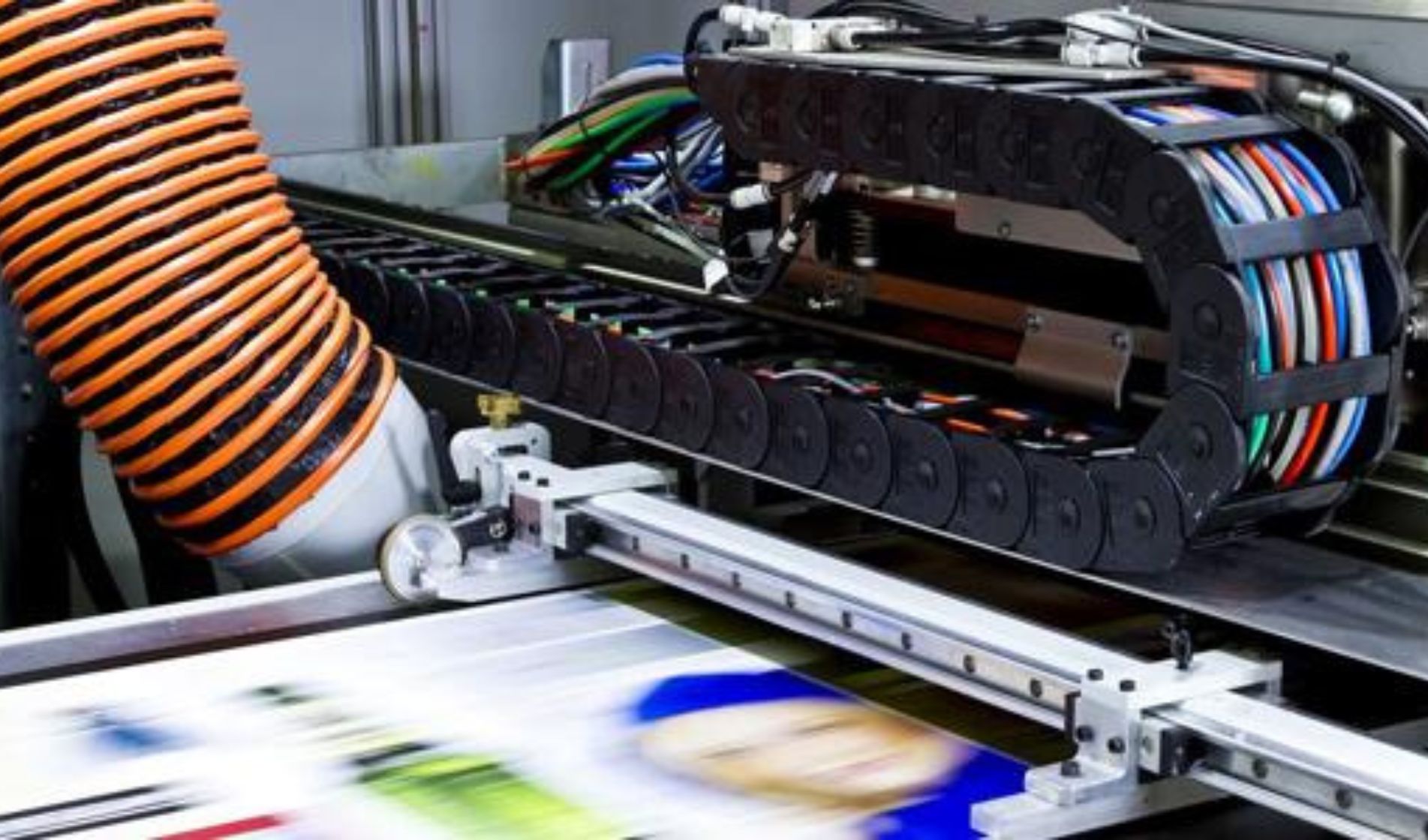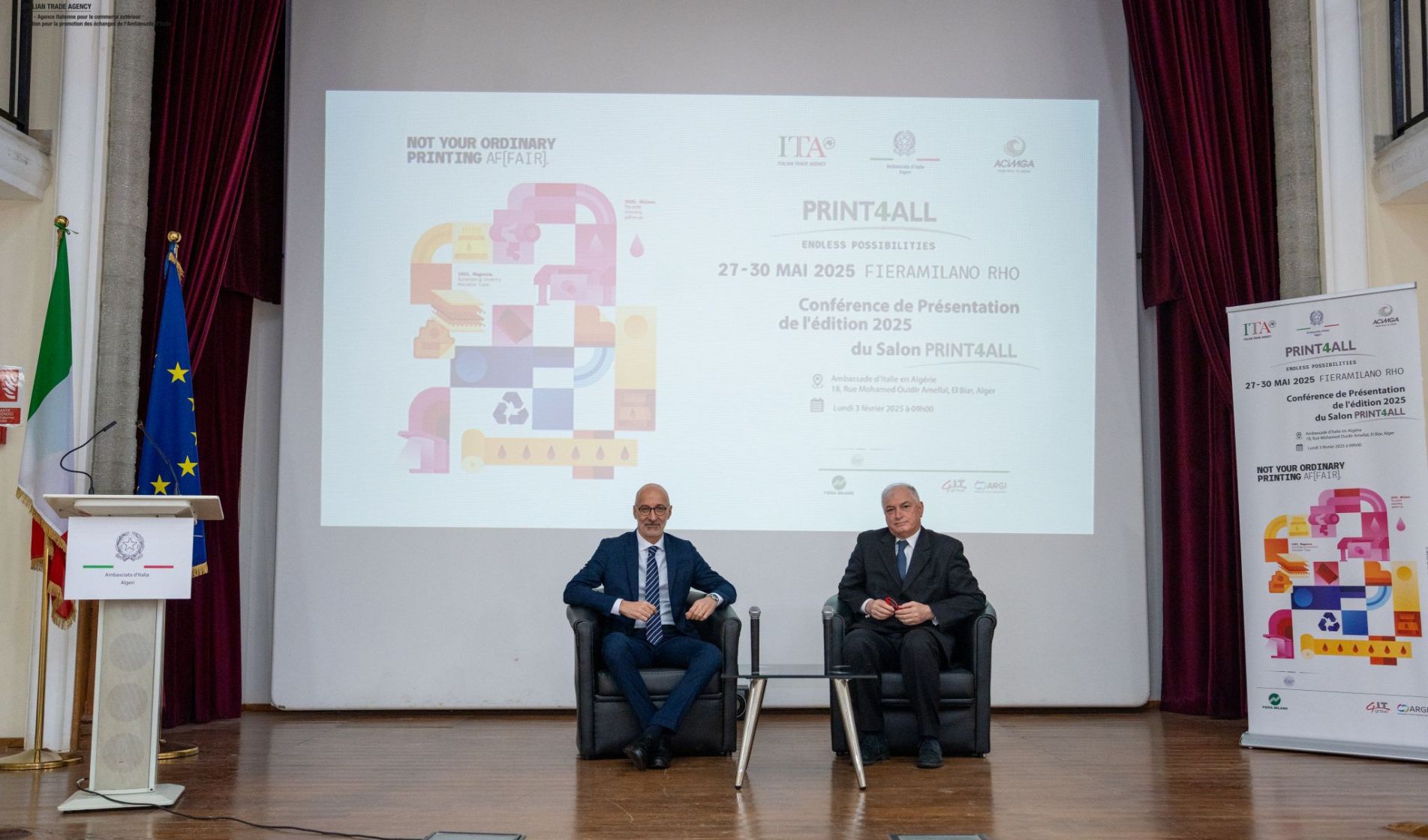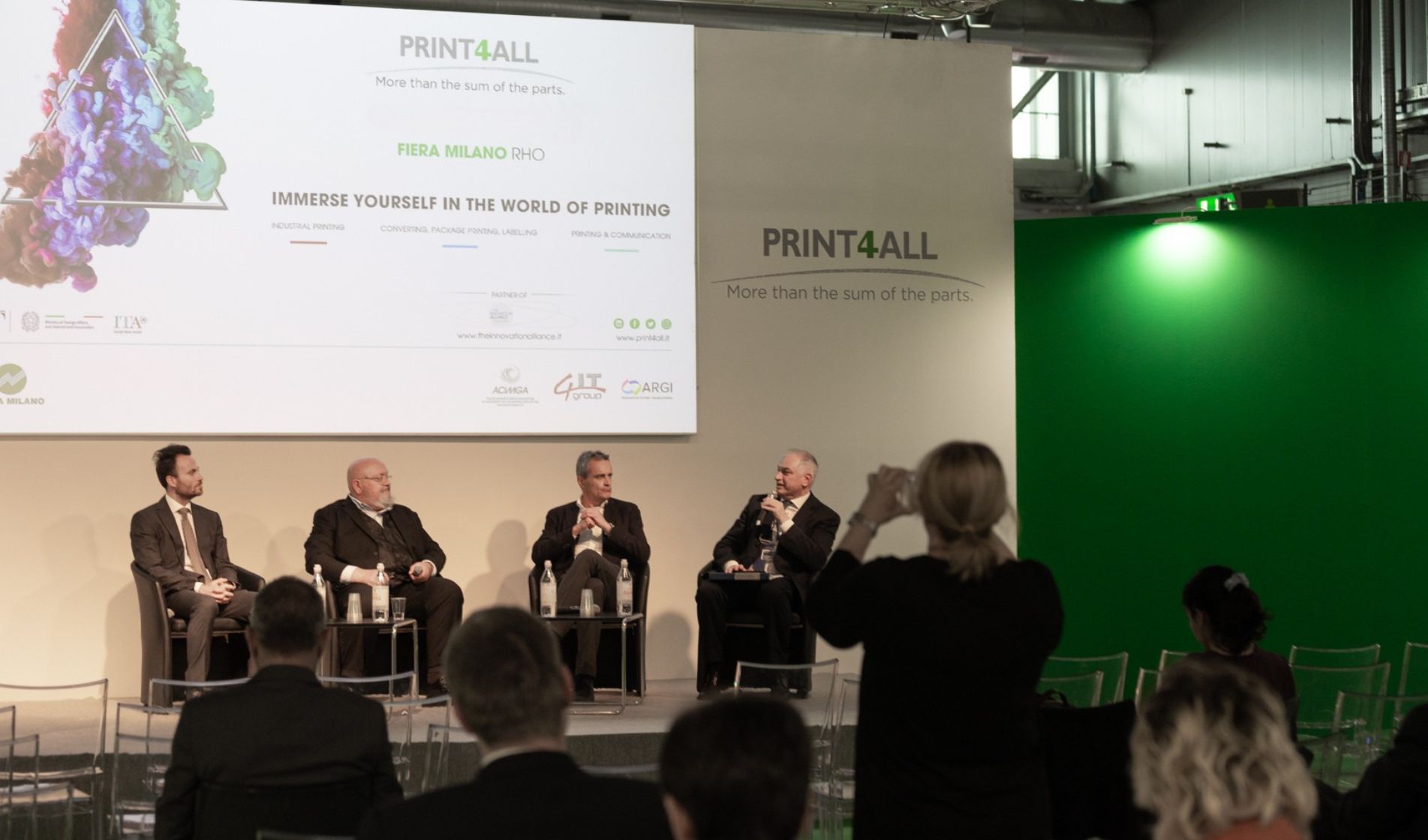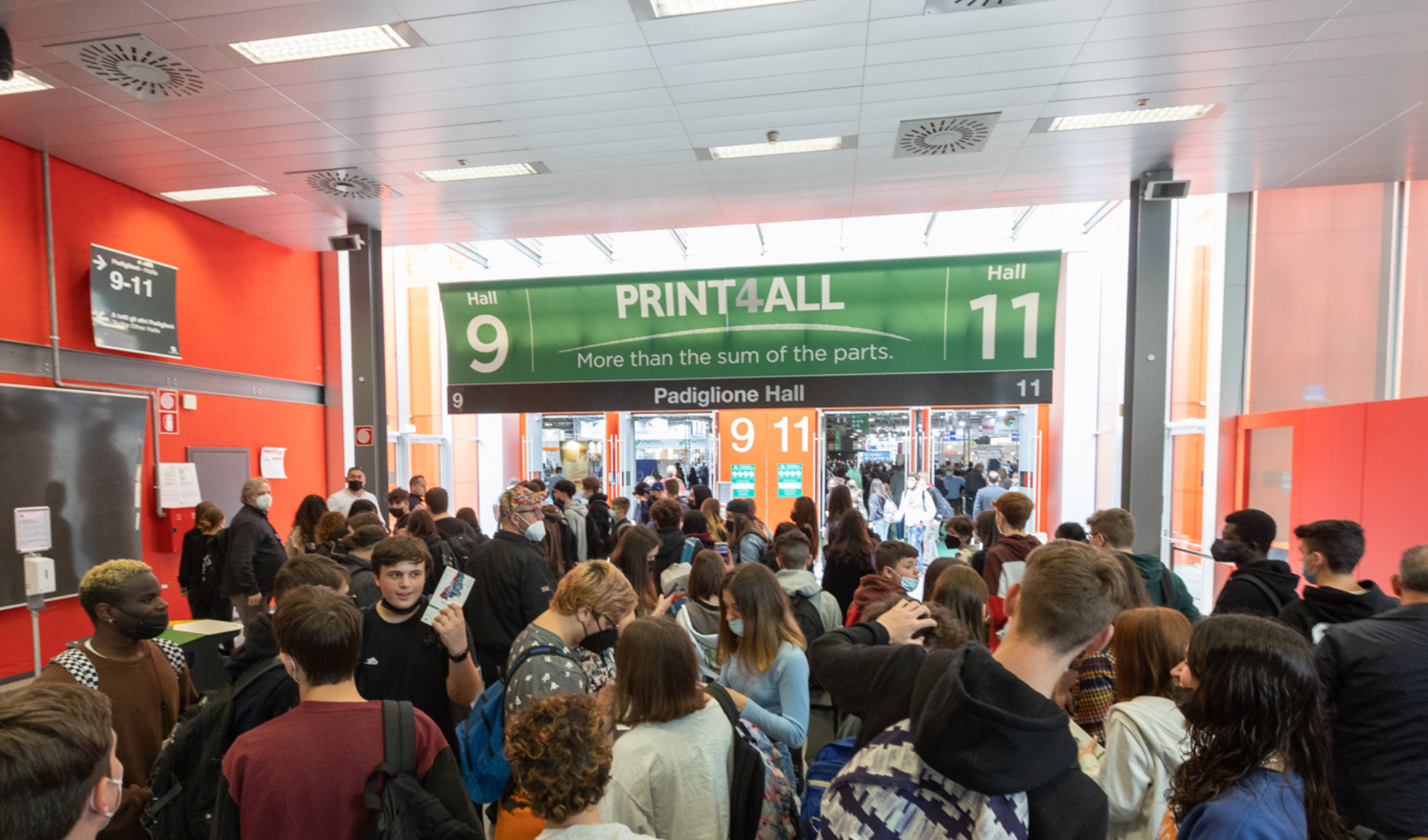In the afternoon of the Print4All Conference, a series of technical workshops showcasing the most innovative solutions for printers and converters alternated with round tables attended by key users of equipment and materials: the brand owners AISM Milano and Tommasi Family Estates, the creative agencies Arteficegroup and Creostudios and the printers ICO, SIT group, Varigrafica and Leaderform. The resulting dialogue highlighted key trends and specific needs of the sector.
The first round table, entitled "The needs of brands and the interpretation of designers", moderated by Michela Pibiri, Editor-in-Chief of PRINTlovers, explored the importance of collaboration and mutual understanding in a context where the image and perception of the brand are crucial to success in the market and designers must be able to translate needs and values into effective visual languages.
Two very different brands, AISM and Tommasi, found themselves talking about common needs in extremely crowded markets, such as the tertiary sector for AISM and the wine and hospitality markets for Tommasi.
In both cases, the need arose not only to be recognisable, but also to convey authentic values and a sense of responsibility, to attract and retain diverse audiences, and to make a positive impact. For AISM, the challenge is to communicate the value and practical results of what you do, while maintaining a contemporary and recognisable tone and offering your target audience something that can overcome the intangibility of your message. This is where the printed communication comes in, taking the form of a series of actions ranging from direct mailings to a rich catalogue of Christmas gifts, from apples and gardenias distributed in Italian squares to simple but ingenious solutions such as a desk mobile phone holder made of die-cut printed cardboard to promote the 5x1000 tax donation scheme: a campaign that produced encouraging results.
For Tommasi Family Estates, the challenge of diversification also includes the creation of printing projects that one would not expect from a wine producer. Not only labels and secondary packaging for their products, but also premium engagement projects, such as the creation of a vinyl record to reproduce the sounds of the vineyards, packaged with surprising graphics. Two examples of original creativity that show how printing can be used to create innovative solutions outside of what you would expect from a brand's core business.
“Amazement” was the key word for creatives: Creostudios and Arteficegroup, talking about the most recurring requests recently made by customers in different markets, agreed that today we are no longer looking for the "wow" factor, which seems partly outdated after the pandemic, but for something simple and at the same time capable of creating a sense of authentic wonder and amazement. We no longer want to "shout our superiority" over our competitors, but to authentically communicate who we are, focusing on recognisability and identity, finding our own essence and uniqueness.
Close collaboration with customers means that agencies are not just interpreters of a need, but actors capable of intercepting and defining it by going back to the essence of the brand itself. Both companies and agencies then spoke of the need to work with printers, who are called upon to be truly reliable and creative partners, in what was defined as a "magic circle" of mutual trust, where the phrase "it can't be done!" is never a limit, but a stimulus to research and mutual growth, in order to jointly develop innovative and unusual printing solutions.
And the question is “But can it be done? "How printers' skills can meet tomorrow's communication needs" was the somewhat provocative title of the subsequent round table, moderated by Alexia Rizzi, editor-in-chief of Il Poligrafico, and Luca Maria De Nardo, publisher of COM.PACK, which brought together representatives of four companies specialising in different sectors: ICO, a company specialised in the production and printing of corrugated cardboard packaging; Leaderform, a printing company specialising in solutions to support B2B and B2C external communications; SIT Group, specialised in high-quality printing of flexible plastic packaging; Varigrafica Alto Lazio, specialised in tailor-made Graphic Arts with significant investments in printing and digital finishing.
Some trends emerged from the round table: There is an increasing focus on corrugated cardboard, traditionally perceived as a simple commodity, which is becoming a means of communication thanks to innovations in digital printing that allow very high quality printing and a high degree of customisation.
In the food sector, and particularly in the flexible world, consumer habits are driving change in packaging: lighter and mono-material materials are preferred for ease of disposal, and graphics are sometimes reduced to provide better readability of ingredients. Well-designed packaging, however, requires a holistic approach, starting from the design phase: converting companies are increasingly positioning themselves as consultants, offering solutions tailored to customer needs. Sustainability remains an imperative. Today everything is technically possible, the only limit is the budget, because environmental sustainability must always be balanced with economic sustainability. Finally, companies are no longer working in terms of long-term planning, with on-demand production replacing warehousing. 2D and 3D finishing and the use of laser technology are also on the rise for increasingly customised embellishment.






.jpg)
